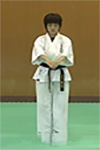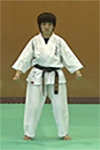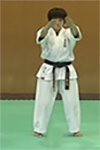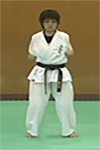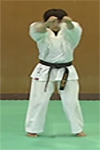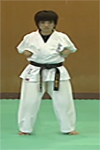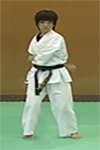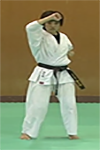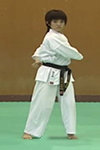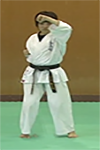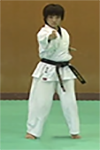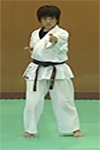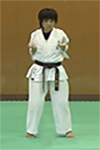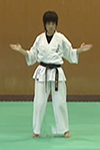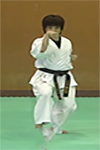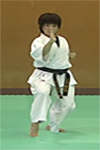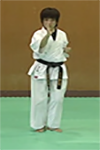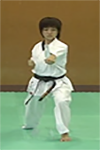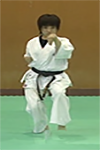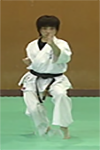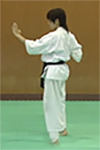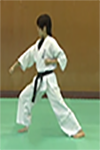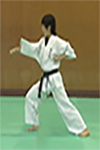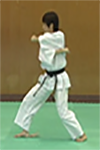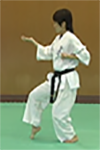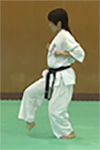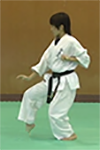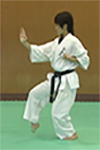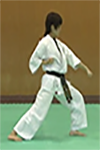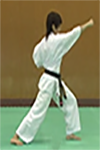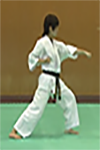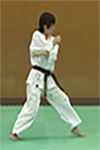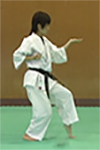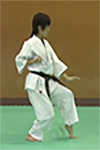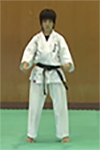Yantsu - 安三
The Kyokushin version moves in three directions: one forward and two sideways.
How the
Yantsu - 安三
video
instructions
Video
source Youtube
Documentation
Kihon Waza
Dachi Waza
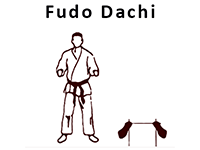 Fudo Dachi
Fudo Dachi
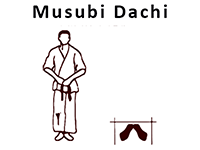 Mosubi Dachi
Mosubi Dachi
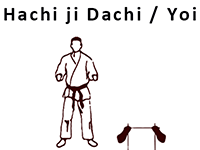 Yoi Dachi
Yoi Dachi
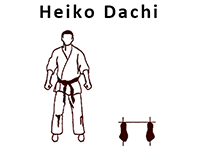 Heiko Dachi
Heiko Dachi
 Zenkutsu Dachi
Zenkutsu Dachi
 Neko Ashi Dachi
Neko Ashi Dachi
Te Waza
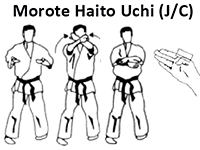 Haito Jodan Morote Uchi
Haito Jodan Morote Uchi
 Seiken Jodan Morote Tsuki
Seiken Jodan Morote Tsuki
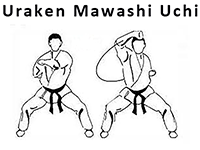 Uraken Jodan Mawashi Uchi
Uraken Jodan Mawashi Uchi
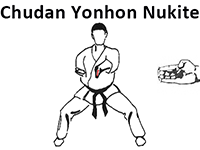 Chudan Yonhon Nukite
Chudan Yonhon Nukite
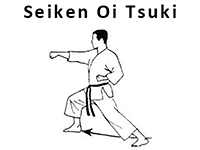 Seiken Chudan Oi Tsuki
Seiken Chudan Oi Tsuki
 Shuto Sakotsu Uchi Komi
Shuto Sakotsu Uchi Komi
 Seiken Gedan Oi Tsuki
Seiken Gedan Oi Tsuki Seiken Jodan Gyaku Tsuki
Seiken Jodan Gyaku Tsuki
Uke Waza
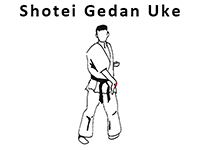 Shotei Gedan Uke
Shotei Gedan Uke
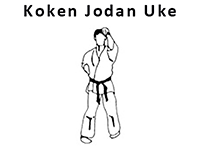 Koken Jodan Uke
Koken Jodan Uke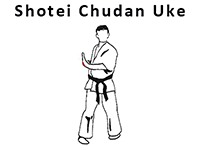 Shotei Chudan Uke
Shotei Chudan Uke
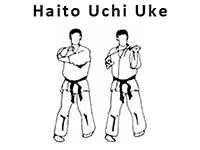 Haito Uchi Uke
Haito Uchi Uke
Geri Waza
 Chudan Mae Geri
Chudan Mae Geri
Kihon Jutsugo
Kamae - 構え, means posture or base. Kamae is to be differentiated from the word Dachi - 立ち. Dachi refers to the position of the body from the waist down, Kamae refers to the posture of the entire body, as well as encompassing one's mental readiness.Kamae
Mokusō - 黙想, means meditation, part of the training of mushin; the call to meditate.Mokuso
Hajime - 始め, means begin.Hajime
Hikite - 引き手 means drawing hand: Hiku - 引き, to draw or pull, and Te - 手, the hand.Hikite
Ibuki is karate’s hard breathing method. Ibuki breathing is a study of tension, which is necessary to truly understand relaxation. While ibuki breathing serves as a dynamic tension exercise, its true value is ki development, since it teaches the breathing control necessary for kiai. Ibuki breathing is performed in two ways, one long, and one short. Ibuki
Normal step to the front in SURI-ASHI (sliding movement).Mae Fumi Ashi
Naore - 直れ, is a command to go back into the beginning Kamae.Naore
Yasumi - 休み, is a command to rest or relax.Yasume

